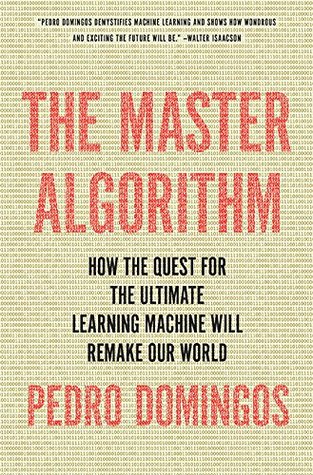If we just take the single most probable hypothesis (h = 0.7 in this case), the Bayesian approach becomes quite similar to the frequentist one, but with one crucial difference: Bayesians take the prior P(hypothesis) into account, not just the likelihood P(data | hypothesis). (The data prior P(data) can be ignored because it’s the same for all hypotheses and therefore doesn’t affect the choice of winner.) If we’re willing to assume that all hypotheses are equally likely a priori, the Bayesian approach now reduces to the maximum likelihood principle. So Bayesians can say to frequentists: “See,
...more
Welcome back. Just a moment while we sign you in to your Goodreads account.


